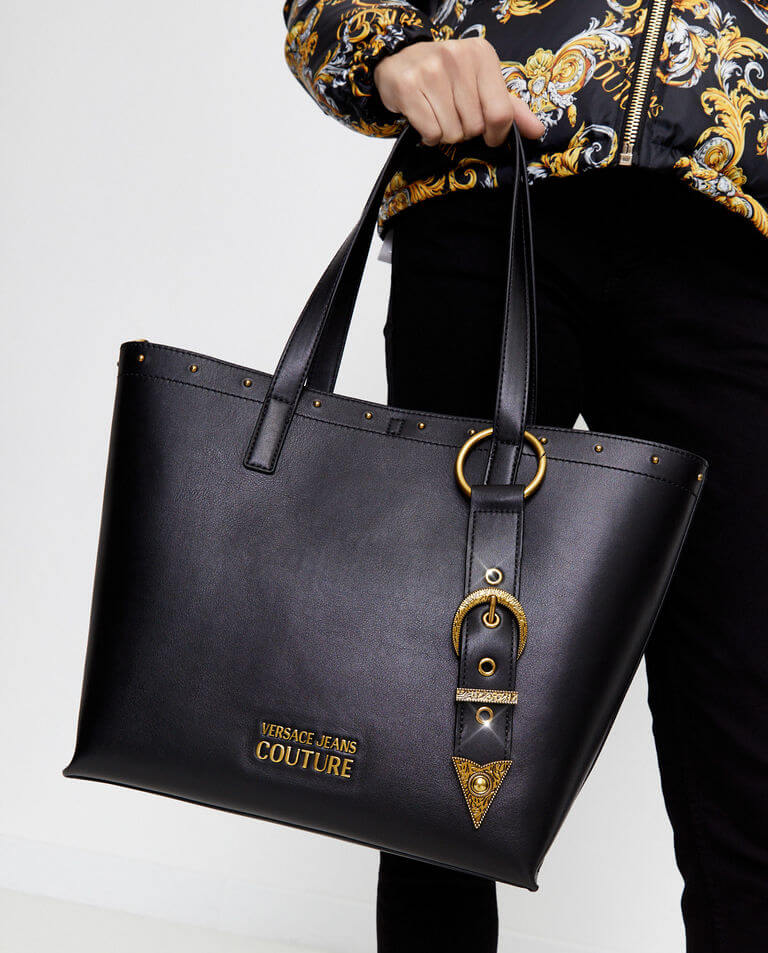Making a conscious effort to buy products that are completely sustainable is harder than it sounds. There are so many terms floating around right now that make it hard to know whether a company is eco-friendly or if they are greenwashing or only sustainable when it comes to one component. To help demystify the terms you see on clothing, shoes, and household items, we’ve compiled a short and sweet glossary of sustainability terms below. By better understanding what a product claims to be, you can make smart decisions for yourself and the health of the planet.
What is Sustainability?
Let’s start by getting an understanding of what it means for a company to be sustainable. While your first thought might go to the materials used, sustainability is much deeper than this, encompassing four areas: human, environmental, economic, and social. To be sustainable, a company must have eco-friendly materials and processes, a transparent supply chain where every factory supplier is sustainable, ethical labor practices, and fair wages for employees, among other things. You can look up a brand’s sustainability rating on the app Good On You, which takes into account all of these areas to help you make an informed decision.
Terms Linked to Sustainability
Biodegradable
To be biodegradable, a product must be able to completely decompose on its own through natural processes without human intervention. Most biodegradable materials are bio-based, or naturally occuring to begin with, like cotton, silk, bamboo, or cork. Biodegradable materials do not leave waste or pollution behind, so they are the most sustainable when it comes to creating goods.
Carbon Footprint
Your carbon footprint is measured by how much carbon and other greenhouse gas emissions you are responsible for producing throughout your lifetime. You produce these emissions by doing activities like burning fuel to power your car, using electricity in your home, eating meat, and using plastic packaging.
Carbon Offsets
Carbon offsets are a way of reducing the amount of carbon and other emissions you have created throughout your lifetime. An example of a carbon offset would be planting a tree, which naturally absorbs carbon dioxide from the atmosphere. If you look closely, some clothing and shoe companies have programs for carbon offsets. For example, when you buy a pair of skate sneakers from the brand Cariuma, they plant two trees to offset the production of their shoes.
Circular Fashion
In a circular fashion economy, waste is not an option. Clothing and shoes are designed to have long lifespans, including the re-use and re-wear of these items. When they are finally worn out, the materials are recycled, not thrown in a landfill.
Closed-Loop
When you see the term closed-loop in relation to recycling, it is referring to the process by which an object is recycled, then remade into a new version of the same product.
Conscious
The term conscious in the fashion industry is loosely defined as being aware of the need for sustainability in the creation of products. Companies might use the word “conscious” in different ways, so it is not a real marker of whether a product is sustainable.
Cruelty-Free
A clothing item that is cruelty-free has been made without the harming of any animals or use of animal byproducts. The definition for the beauty industry is different, however, whereby it means that the products weren’t tested on animals, but that animal byproducts could be present.
Fair Trade
Fair trade products are a part of a large movement to produce goods that are ethically made by workers who receive fair treatment and fair wages. There are numerous certifications that are associated with the term fair trade. If a product has been certified by the organization Fairtrade International, then it has specifically met the requirements of their standards.
Greenwashing
The term greenwashing refers to when a clothing brand says that they are sustainable, eco-friendly or another term linked to sustainability that then turns out to be exaggerated or made up. To avoid falling for greenwashed marketing, it’s important to look up the brand and check what certifications they hold and if they have transparent reports about their practices.
Net-Zero
To be net-zero, a company must cancel out the amount of greenhouse gas emissions that they are responsible for. This can be done by producing low emissions to begin with and by investing in carbon offsets to balance out their carbon expenditure.
Open-Loop
Open-loop recycling is where an object is recycled and made into something completely different. It is considered to be less efficient than closed-loop.
Organic
Organic products are made without the use of any harmful chemicals or pesticides. This refers to every step in their creation, from the growing of the crop to the dyeing of the garment. Common materials used in clothing and shoes that can be produced organically are cotton, jute, and hemp.
Recyclable
When it comes to clothing textiles, the process of recycling involves pulling apart the clothing into the yarn and creating a new garment with said yarn. All clothing and shoes can be recycled, so there is no reason to throw away any of these items. Simply look up how to recycle textiles locally and either drop off your old clothes or have them collected from your home.
Slow Fashion
Fast fashion refers to poor-quality clothing items that are mass-produced and sold for cheap prices. Slow fashion is the opposite. It is the creation of high-quality, sustainable clothes, shoes, and accessories that will last a long time and not fall prey to trends.
Vegan
Similarly to cruelty-free, vegan clothing and shoes are made without the use of animal leathers or byproducts. Vegan unfortunately does not always mean that an item is sustainable, however, as there are many companies that use plastics like PU or PVC instead of leather, which are also very bad for the environment. Vegan leathers that are sustainable include bio-based materials like pineapple and apple leather, mushrooms, and palm leaves.
Zero Waste
When an item is zero waste, this means that little to no textiles have been wasted in the creation of the garment.

